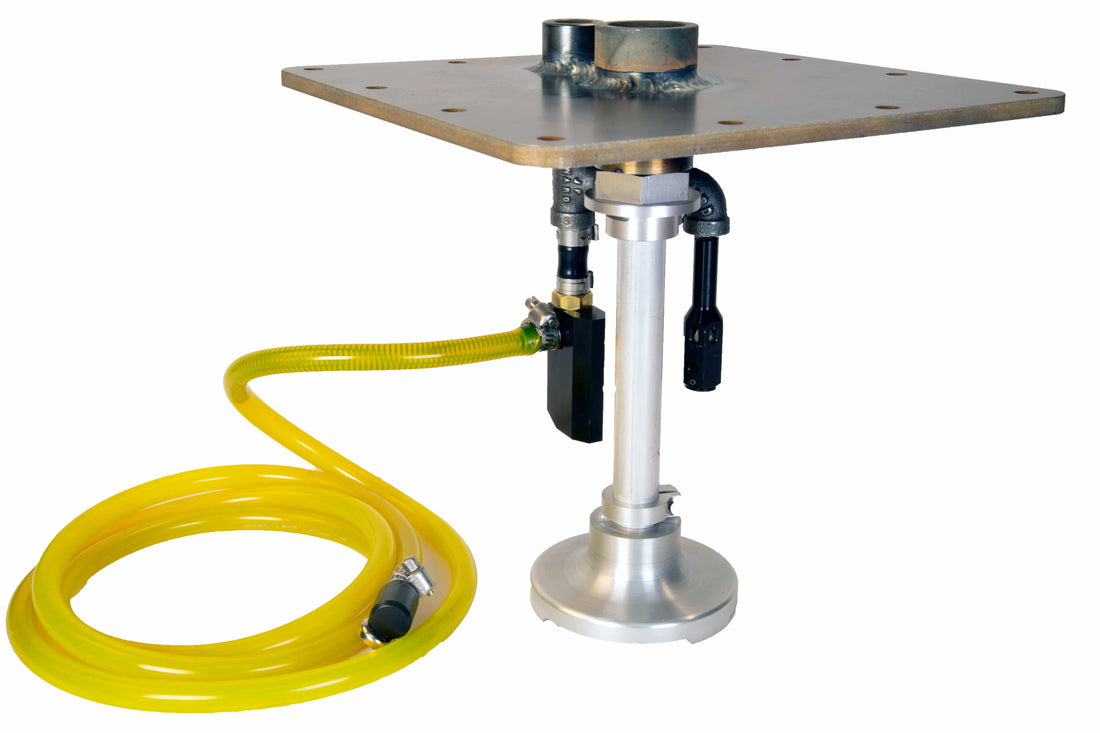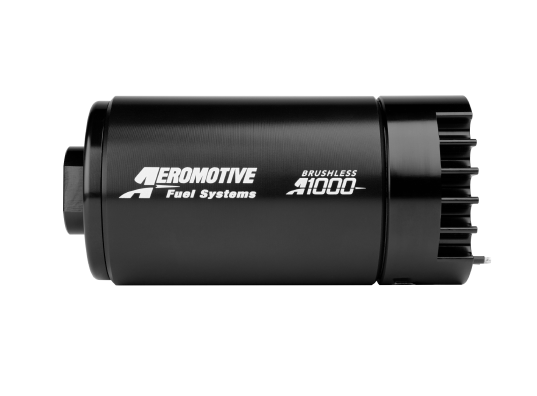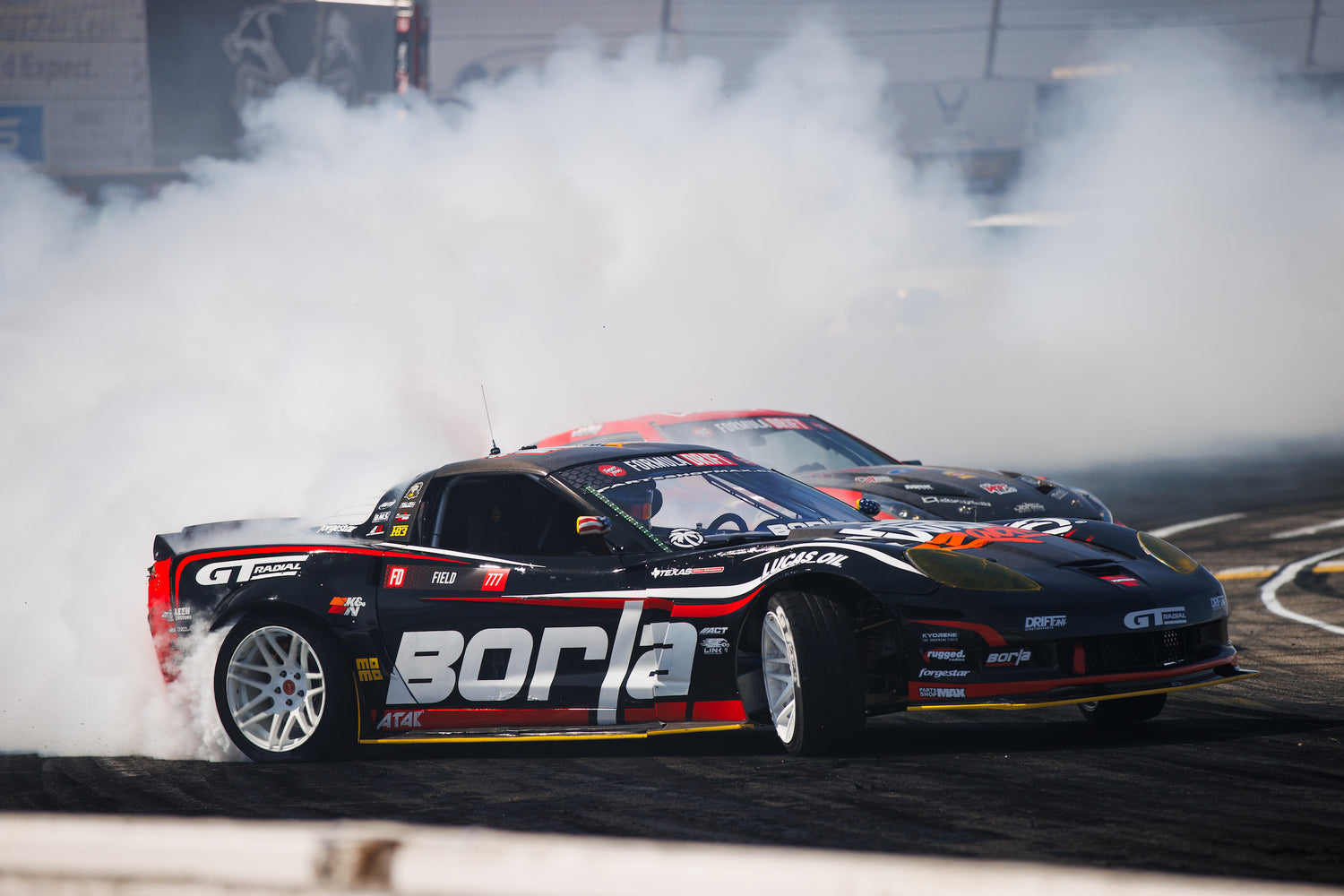2/12/2020
In November, 2019, Aeromotive, Inc. was approached by Justin Bond of JBS Equipment, which is located in British Columbia, Canada, about a fuel starvation issue it was experiencing with a piece of equipment it manufactures. A Silage Bagger — a piece of diesel-powered agricultural equipment that bags and seals large quantities of cattle feed — was malfunctioning when operating on steep inclines. The design of the Silage Bagger’s fuel tank would cause the fuel to run to one side and completely uncover one of the two pickups, causing the pump to starve and fuel pressure to drop. The drop in fuel pressure led the engine to stall or stumble under these conditions.
JBS Equipment provided Aeromotive, Inc. with specific information regarding the fuel system flow, pressures and plumbing requirements. Given this information, Aeromotive, Inc. was able to use multiple patented systems to solve the fuel delivery issue. There were, however, challenges — mostly related to not disturbing or modifying the CAT engine fuel system and not increasing system or return fuel pressure. The first fuel system improvement was the incorporation of two Phantom foam and basket assemblies (one for each fuel pump pickup).
The foam and basket assemblies keep a controlled amount of fuel around the pump pickups at all times during hard vehicle acceleration, deceleration and cornering. To aid in keeping the basket full of fuel at all times, Aeromotive, Inc. relocated the fuel system return port of the existing tank to each of the two baskets, keeping all returned fuel from the engine contained within the basket and around the pump pickup. The basket was also equipped with bladder baffles to help keep the basket full of fuel when the machine is operated on steep inclines.
The main improvement Aeromotive, Inc. made to the fuel system was the incorporation of two jet siphons (one for each foam and basket assembly). Each jet siphon has a pickup hose that runs to the opposite side of the fuel tank and pulls fuel into its respective basket.
Due to limitations on modifying the existing CAT fuel system, Aeromotive, Inc. was able to use the system’s return flow to the tank to power the jet siphons. In order to not create a return line restriction, a small inline pump was added to provide the siphons with the proper amount of flow and pressure for them to operate efficiently. This particular fuel tank required the fuel to be siphoned approximately 13 feet to either basket.
JBS Equipment tested the system with great success and was able to siphon fuel 13 feet from the pickup point and at a height differential of approximately 30 inches. JBS placed an order with Aeromotive, Inc. for multiple systems to be installed on some existing machines and some planned for assembly later this year.
Overall, this was a great learning experience for Aeromotive, Inc. as we were able to solve a fuel delivery problem in an industry that we are not normally associated with. The patented Phantom technology used by Aeromotive, Inc. in this situation shows how versatile it can be in solving fuel delivery problems not only in the racing and high-performance car industry but in industrial and agricultural industries as well.
Sincerely,
Matt Brewer
AEROMOTIVE, Inc.




